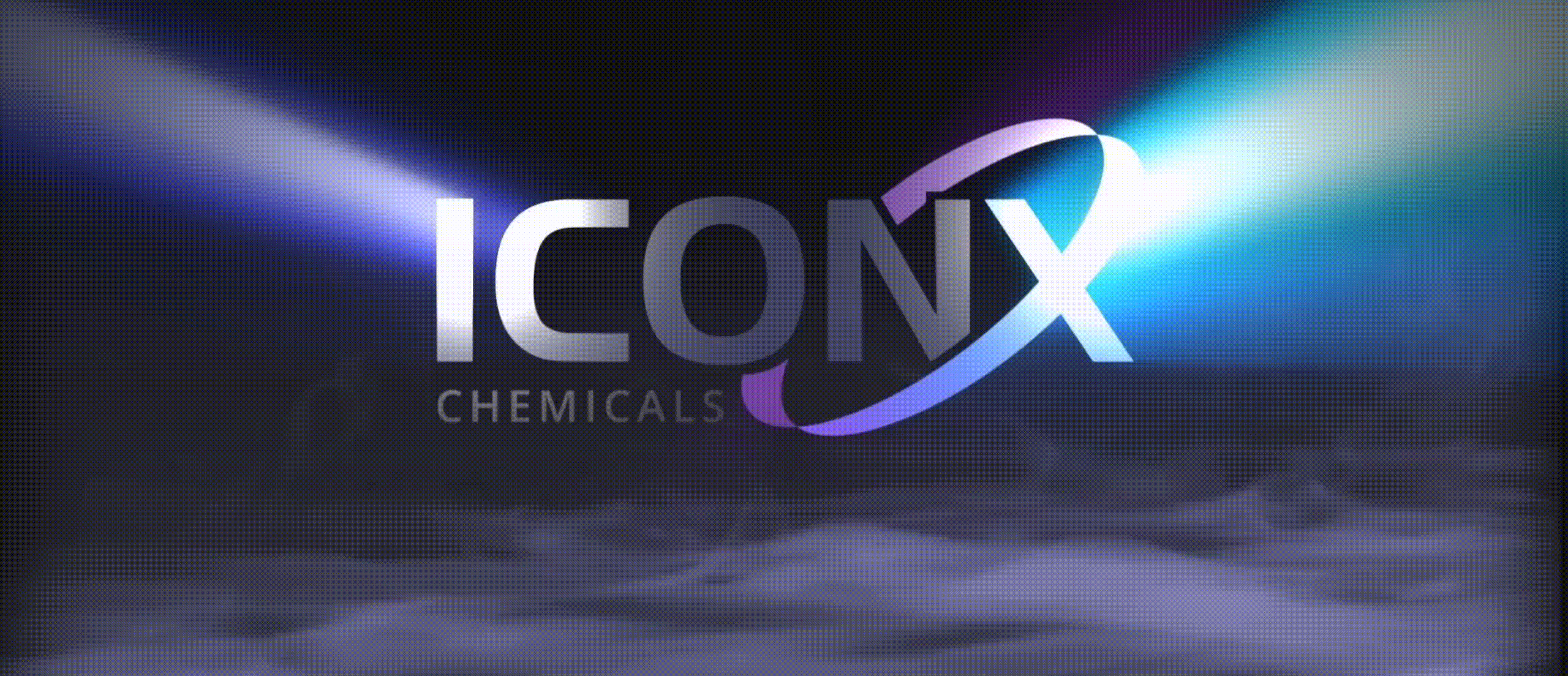Industrial water treatment seeks to manage four main problem areas: scaling, corrosion, microbiological activity and disposal of residual wastewater. Boilers do not have many problems with microbes as the high temperatures prevent their growth. Scaling occurs when the chemistry and temperature conditions are such that the dissolved mineral salts in the water are caused to precipitate and form solid deposits. These can be mobile, like a fine silt, or can build up in layers on the metal surfaces of the systems. Scale is a problem because it insulates and heat exchange becomes less efficient as the scale thickens, which wastes energy. Scale also narrows pipe widths and therefore increases the energy used in pumping the water through the pipes. Corrosion occurs when the parent metal oxidises (as iron rusts, for example) and gradually the integrity of the plant equipment is compromised. The corrosion products can cause similar problems to scale, but corrosion can also lead to leaks, which in a pressurised system can lead to catastrophic failures. Microbes can thrive in untreated cooling water, which is warm and sometimes full of organic nutrients as wet cooling towers are very efficient air scrubbers. Dust, flies, grass, fungal spores, and others collect in the water and create a sort of "microbial soup" if not treated with biocides. Many outbreaks of the deadly Legionnaires' Disease have been traced to unmanaged cooling towers, and the UK has had stringent Health & Safety guidelines concerning cooling tower operations for many years as have had governmental agencies in other countries. Certain processes like tanning and paper making use heavy metals such as Chrome for tanning. Although most is used up but some amount remains and gets carried away with water. The presence in drinking water is toxic when consumed so even the smallest amount must be removed.
